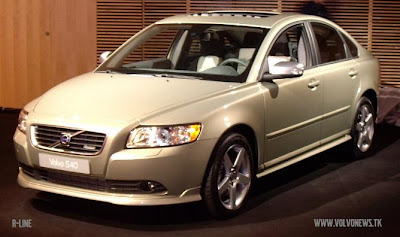
A longer version of this article is crossposted at GreenOptions.com
I had the opportunity last week to visit General Motors’ headquarters in
downtown Detroit for an event with the ChallengeX program. ChallengeX is a
program co-sponsored by GM and the US Department of Energy. Teams from
universities across the US (and one from Canada) were given a stock
Chevrolet Equinox to mod for improved efficiency. "Seventeen
teams have been challenged to re-engineer a GM Equinox, a crossover
sport utility vehicle to minimize energy consumption, emissions, and
greenhouse gases while maintaining or exceeding the vehicle’s utility
and performance."
This is a multi-year program, which has already gone through two years
of evaluations and awards. And, while the initial information I had
about the program was that this was the conclusion of the challenge, I
learned that there is going to be a fourth year to the program, which
will focus on consumer acceptability issues. Afterall, you can fill the back seat with batteries and praise a car’s efficiency, but soccer moms are never gonna buy one.
The top three programs for this year’s competition were Mississipi State
(1st place), University of Wisconsin (2nd place), and Virginia Tech (3rd
place). The vehicles went through a multi-day testing at GM’s proving
grounds, and were judged on numerous criteria. More information about
the ChallengeX results can be found on GM’s
FYI blog.
I talked for a bit with Dr. Andrew Frank, the faculty adviser, and with
Terrence Williams, the project team leader for the team from University
of California at Davis, who call themselves Team Fate. Of the 17 teams in
ChallengeX, only the team from UC-Davis had a plug-in hybrid vehicle.
(Unfortunately, a broken clutch kept them from completing the
competition, and their vehicle was not one that was available to be
driven.) To help demonstrate their vehicle’s ability to travel without
needing to use it’s internal combustion engine, Team Fate had a
demonstration trailer with a solar panel for charging their vehicle. Like the
Volt, it was designed to be able to travel a reasonable range based on a
charge collected from a plug in source (be it a solar PV array on a
garage roof or just a grid-tied circuit) and avoid the use of the
fueled half of the system altogether.
Several other ChalengeX vehicles were available to be driven (albeit
just a trip around the block at GM’s Renaissance Center headquarters in
Detroit). Most of the teams (12 of the 17 competitors) used biodiesel – a B20 blend – as their fuel. One team which went a bit
farther with their entry, however, was the University of Waterloo’s
vehicle, which was powered by a hydrogen fuel cell, rather than some
form of internal combustion engine. (I had the chance to drive that
vehicle as well, and that will be covered in a forthcoming article.)




 Just a couple of months after
Just a couple of months after 
 EG: What scares your
EG: What scares your What’s a heklucht? The designers at
What’s a heklucht? The designers at 







